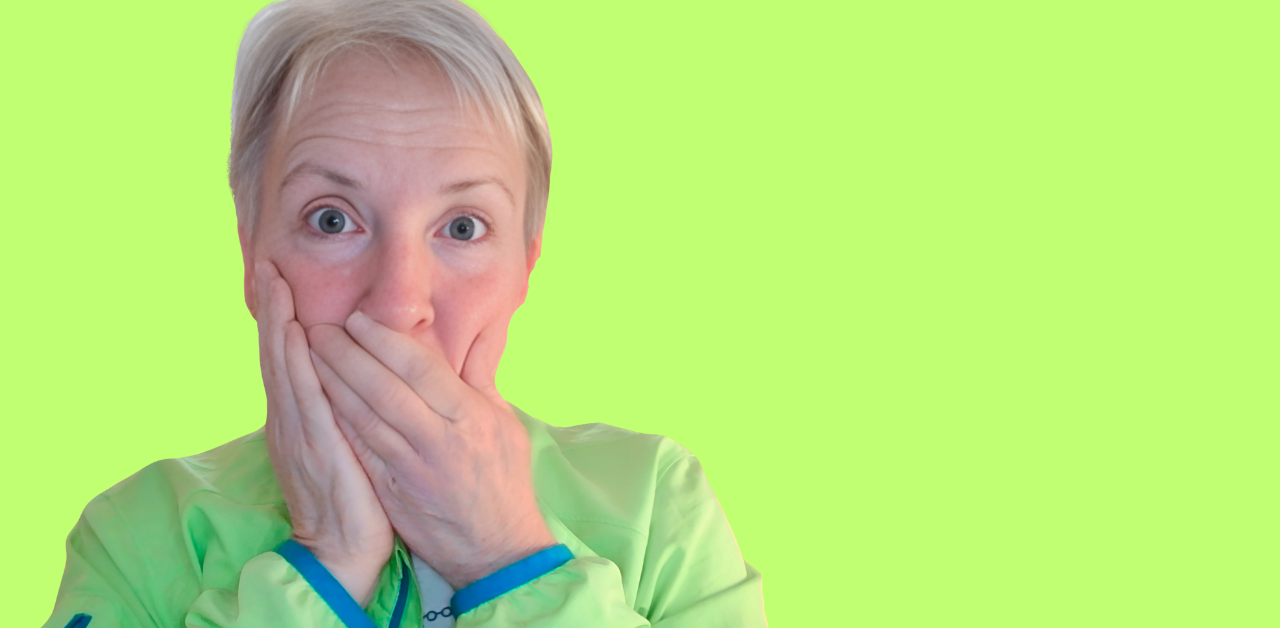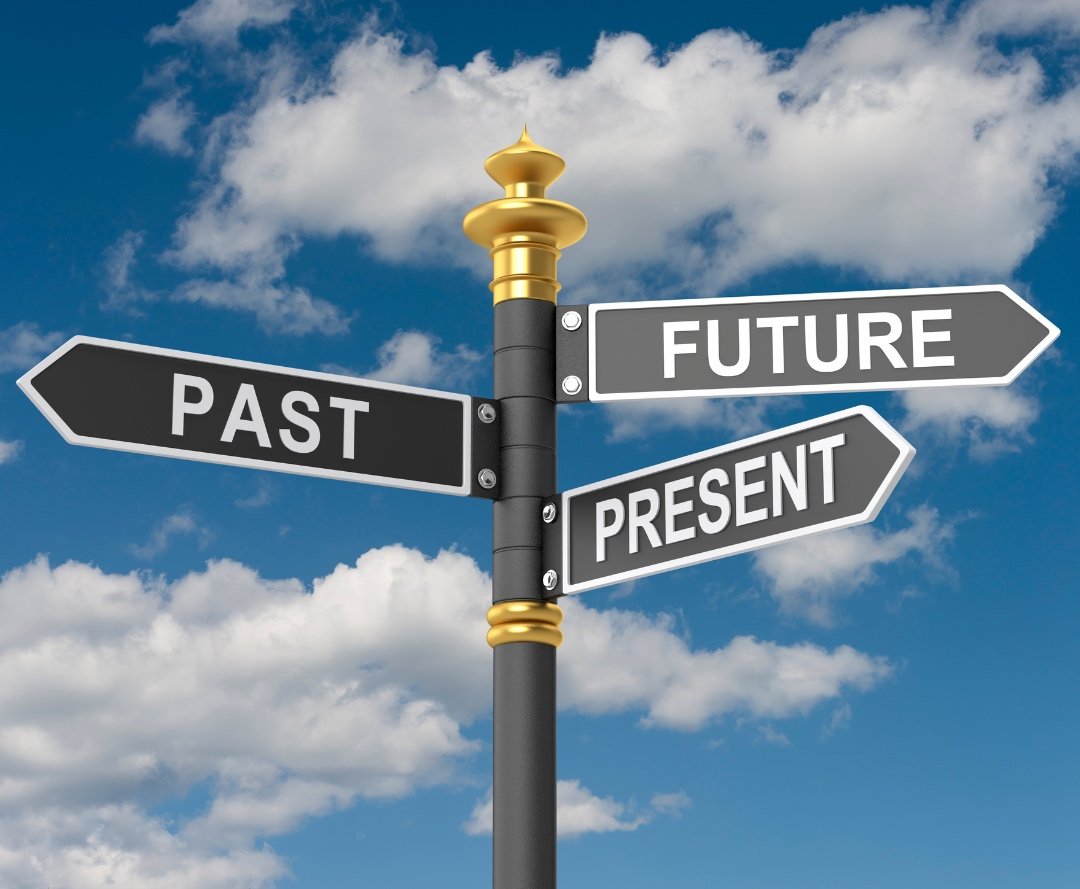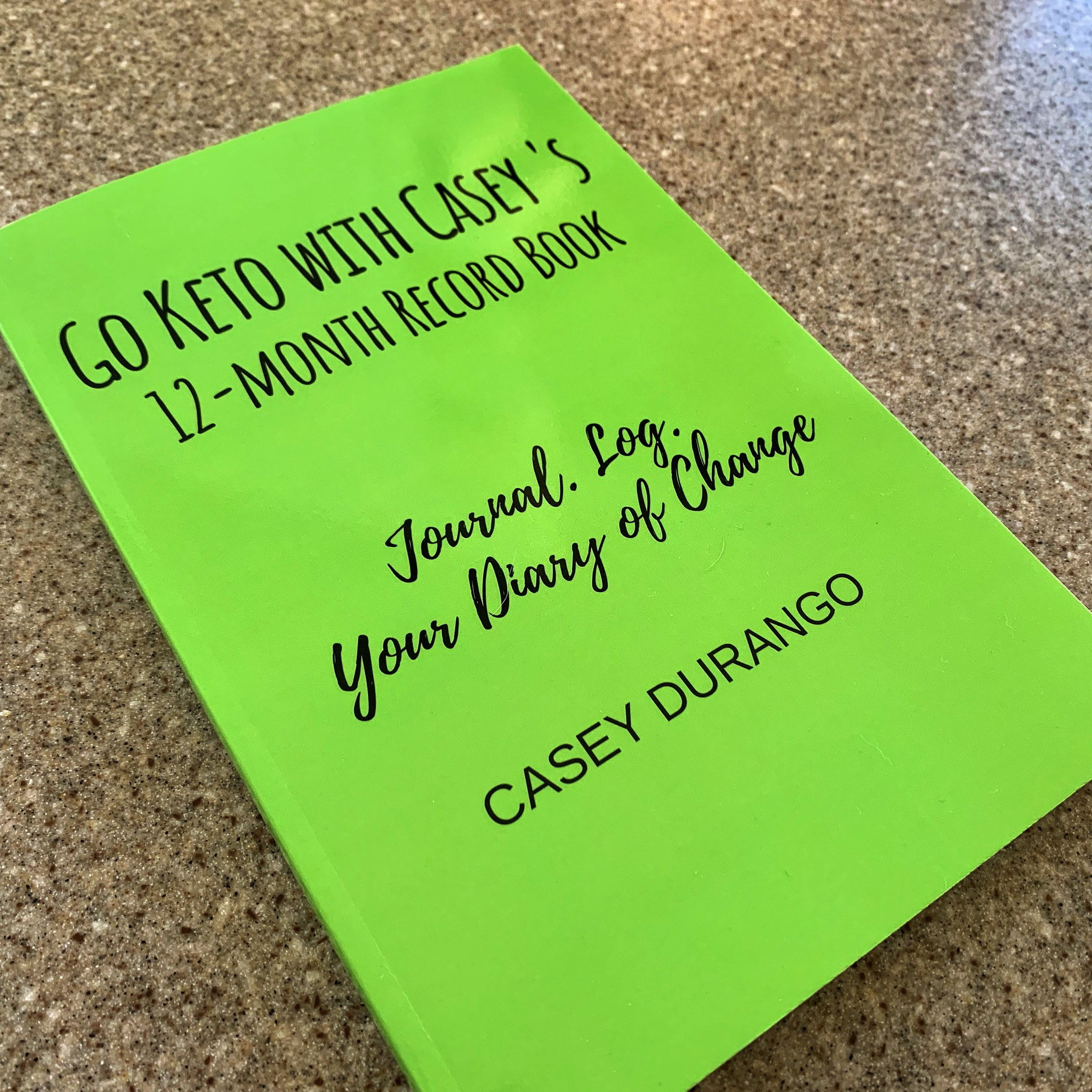Success on Keto. (Spoiler Alert: It's Not Just About the Food)
/When the topic is diet, weight loss, improved health, decreased girth, it makes sense to start with food choices. Which foods and how much? And since there are so many different approaches, voices and vested interests besieging us with one sure-fire answer only to be countered by another voice or vested interest assuring us the solution is antithetical to the first, it’s understandable that some guidance may help.
We’ve been told: Shun fat. Move more, eat less. Eat only raw food. Meat is evil. Fat is good. Everything in moderation. Whole grains are essential. Vegetables are unlimited. Juice your vegetables! Juice your raw vegetables! Juice your raw vegetables and throw some grains in there! And, while you’re at it… move more!
Yikes.
Personally, I tried just about all of the above. I mostly grew more overweight and definitely became progressively more unhappy with myself.
This was me in a futile attempt to follow a low-fat diet, to move more and eat less. A triathlon, no less. Obviously not the right formula for me.
Then, not wanting to take insulin for Type 2 Diabetes, which was imminent, I discovered the ketogenic diet. It wasn’t even called that in the mainstream in 2014 when I first learned of it. It was a very low carb diet, with which I was familiar and had been since 1977 when I was in college. But the time was ripe for me to revisit the simple approach of keeping my carbohydrate intake to 20g/day or fewer and enjoying the rest of the the food world had to offer. The protocol does, of course, start with the food. You can see the list I follow as well as the official list from Dr. Eric Westman here. And it is indeed important to learn what’s what when it comes to non-starchy vegetables, reassurance that eggs and their yokes are fine as is poultry with the skin, etc.,
But in truth, the food is the easy part. It really is. Again, it’s pretty much fatty sources of protein, some veggies, and a bit of full-fat dairy. It’s not a steep learning curve. (It’s the UN-learning of misinformation that’s the trick)
Where the challenge comes is in dealing with all the issues we have been avoiding for years. Some are bruises from our childhood, the careless or sometimes flat out mean comments of our family, friends, and strangers. Maybe ones greatest pain point is never feeling quite attractive, accepted, never good enough. And while we may have told ourselves that we used food to cope with a bad relationship, rotten job, too little money, ungrateful children, aloof spouse, deaths of loved ones or just because it’s Tuesday, the truth is, of course, that we used food to not cope with any of those things but rather to deflect coping. To kick the issue down the road. And once we implement the ketogenic diet as designed and start burning fat for fuel, our hunger diminishes, appetite is suppressed and thoughts of food stop filling every hour of every day. (My “Food is not the Boss of Me” is the best selling item of S.W.A.G. on this site).
So, now what? Does this mean we have to deal with all those multitudes of issues, challenges, demons, and ghosts and we have to do it food sober?
Yup. That’s what it means. Bad day? Food won’t fix it. Fight with your partner? Contrary to what Madison Avenue would have us believe, neither Ben nor Jerry can come to the rescue. And thinking we can eat our way out of grief simply leads to more grief.
The food is the easy part. When I speak with people one on one or during group sessions with my patrons, we almost never talk about food. Conversations about how we used to run away from the world as if we were disqualified from living our own lives because we were overweight or how, after years of trying to medicate away pain and illness, good health is returning and prescriptions are being left in the dust. Stories of victory and hope and returning vigor. And sometimes how to deal with an ornery boss or unsupportive partner.
But not about food.
Perhaps one reason so many people feel confounded by the ketogenic diet is not that it’s complicated, because it isn’t, but rather that it’s easier to believe it’s too difficult to implement than to face the reality of reality and to do so without a bag of chips behind which to hide.
But we all can do it. If I can, you can. Promise.
Disclaimer: I’m not a medical doctor, researcher or PhD but rather a I’ve been fortunate to have had the time and resources to research the ketogenic diet, also known as LCHF (low carb/high fat). The information I share is based solely on my understanding of that research. We are all responsible for our own choices, including what we put in our mouths and there’s no substitute for each of us checking things out ourselves. And I’m not a medical professional in any way. Go Keto With Casey is not a medical site. “Duh,” you might say. But best to make it clear to all. I welcome questions, comments and even civil criticism. I’m still learning. So, if you have something to add, go for it. Links in this post and all others may direct you to affiliate links, where I will receive a small amount of the purchase price of any items you buy through those links. Thanks!
































